Six Car Problems Drivers Can Spot Without Going to a Repair Shop
A modern vehicle is a complex piece of machinery—and even the most reliable one can break down.

A modern vehicle is a complex piece of machinery, and any machine can fail. While some issues require a professional inspection at a service center, many early-stage problems can be detected by the driver. Identifying them in time can help avoid costly repairs.
Industry Research
According to a 2025 J.D. Power study, drivers experience an average of 184 problems per 100 vehicles. Even premium models are not immune to mechanical issues, which is why regular maintenance remains essential.

There are several common warning signs drivers can catch before heading to a repair shop:
-
A squealing sound under the hood may indicate a worn belt or a failing water pump. If replacement isn’t immediately possible, mechanics suggest using a belt conditioner spray as a temporary measure.
-
Higher fuel consumption or loss of power often points to ignition problems, typically resolved by replacing spark plugs.
-
Steering wheel vibration can signal problems with the braking system. This issue should never be ignored, as it can lead to dangerous situations on the road.
-
Fluid leaks may result from a damaged gasket or worn seals. Leaks are often caused by aging components and high mechanical stress.
-
A deflating tire isn’t always due to a nail or puncture—loss of pressure can occur from bead leaks or valve issues.
Diagnosing Problems by Sound
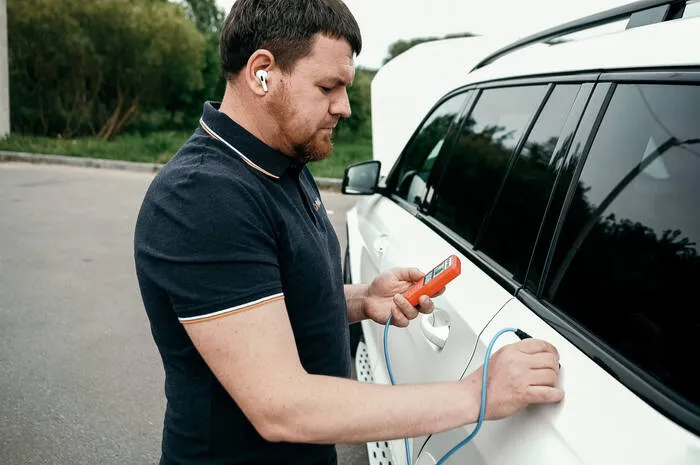
Mechanical failures often produce distinctive noises. For example, a humming or growling sound while driving can indicate worn wheel bearings. While sound-based diagnostics can help narrow down the issue, only a professional can determine the exact cause.
When It’s Time to See a Mechanic
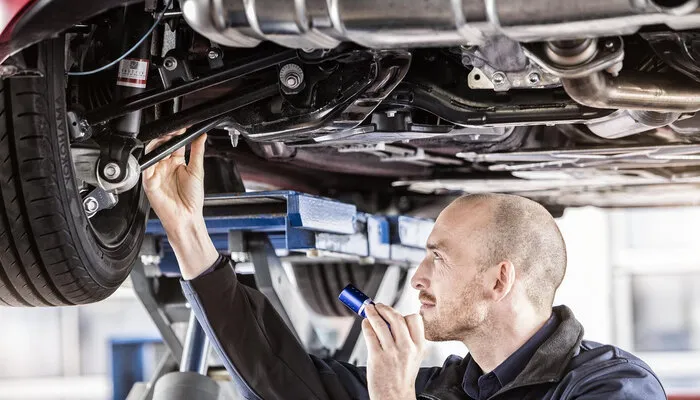
If dashboard warning lights come on or the vehicle becomes unsafe to drive, professional assistance is necessary. In severe cases, the vehicle may need to be towed to a repair shop.
The conclusion is simple: regular inspections are a critical part of safe vehicle ownership.
The Importance of Quality Parts
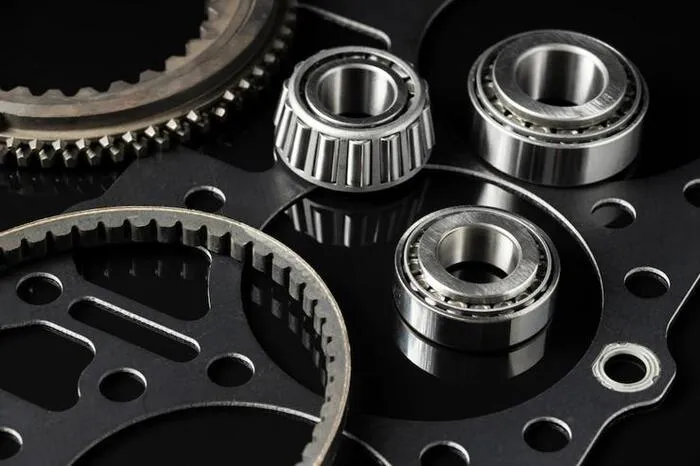
Using high-quality parts significantly reduces the risk of unexpected breakdowns. Experts recommend choosing OEM or certified components (such as SAE-approved parts). Cheap counterfeits often lead to repeat failures and should be avoided.
Properly selected components also help engines run more efficiently, which is why mechanics advise sticking to original or certified parts whenever possible.
Diagnostics for EVs and Hybrids
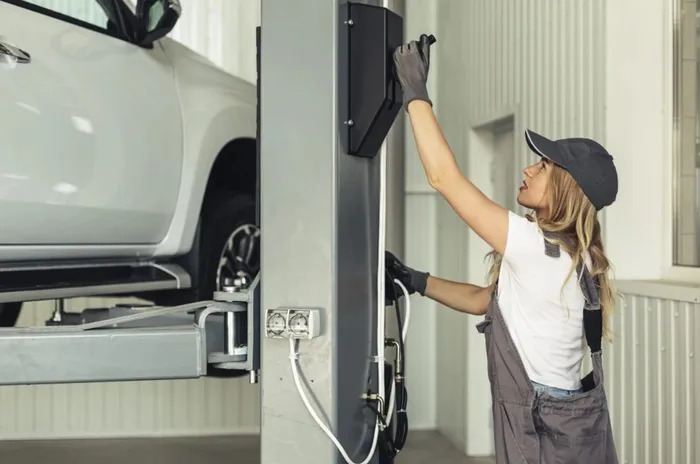
Electric and hybrid vehicles are more complex to diagnose without professional tools. A noticeable drop in driving range or slower charging can indicate a battery or system malfunction. In such cases, a full inspection by a specialist is required. Ignoring EV issues can lead to major failures or even accidents.
Practical First Steps When a Problem Appears
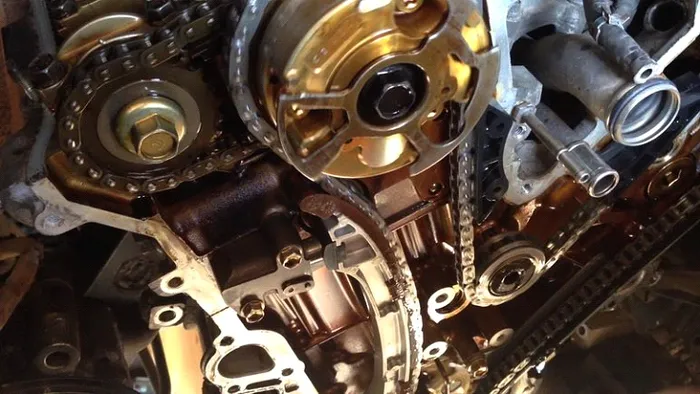
Before assuming a major breakdown, drivers should start with basic checks, such as fuel level and a visual inspection under the hood for leaks, vibrations, or loose hoses. Cooling-system issues often cause overheating, so checking the radiator, thermostat, and pump is critical. Unusual knocking or grinding noises are signs that further inspection is needed.
Computer Diagnostics at a Service Center
Service shops use specialized scanners to read error codes from the vehicle’s control unit. Based on the diagnostics, mechanics determine the repair plan. This is especially important for inexperienced drivers who may miss critical symptoms.
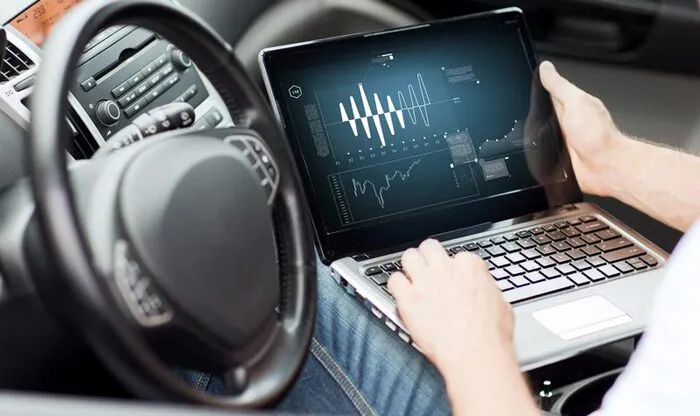
Drivers can also perform simple mechanical checks on their own:
- Test shocks by pressing down on the body—excessive bouncing indicates wear.
- Inspect rubber dust boots and hoses for cracks.
- Check brake fluid, power steering fluid, motor oil, air filters, and spark plugs.
- Monitor engine temperature and watch for overheating.
Accurate diagnostics help prevent serious failures, but if the problem appears severe, professional service is the safest option.
You may also be interested in the news:

If Zodiac Signs Were Cars: The All-Wheel-Drive Horoscope That’ll Take You Places
Or: Why This Horoscope Smells Like Gasoline, Personality, and a Little Bit of Therapy
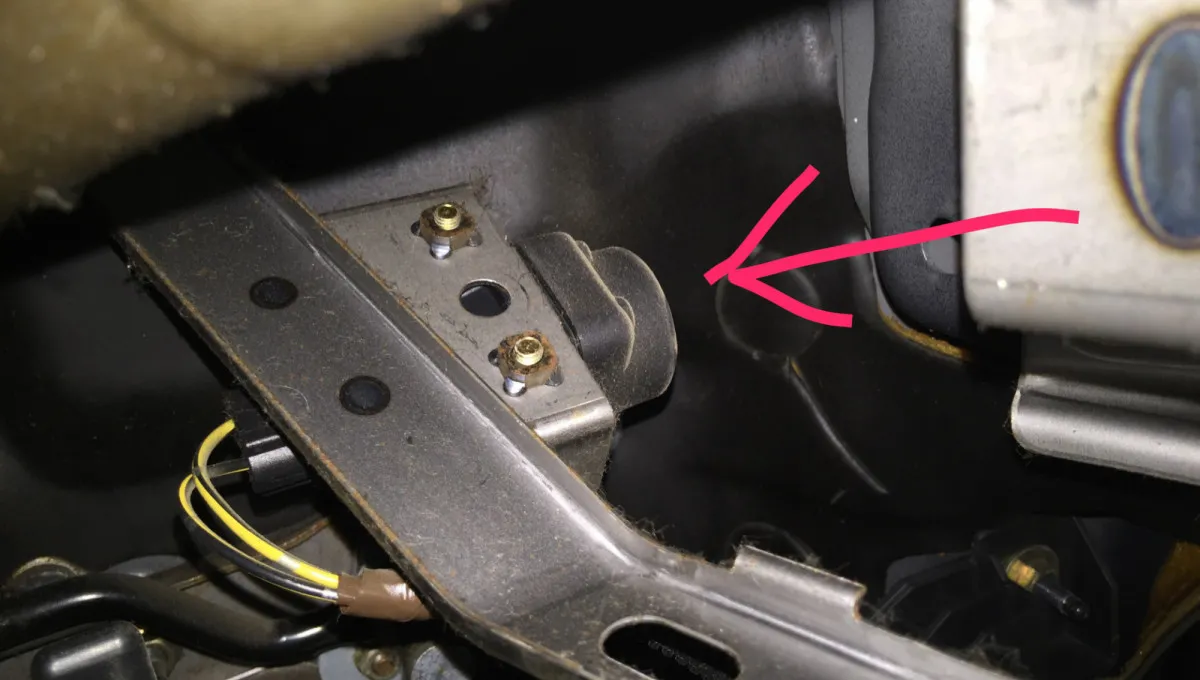
Mystery Button Hidden Under Most Car Dashboards — And Why So Many Drivers Don’t Know It Exists
Modern cars are packed with features and buttons whose purpose can be surprisingly hard to guess.
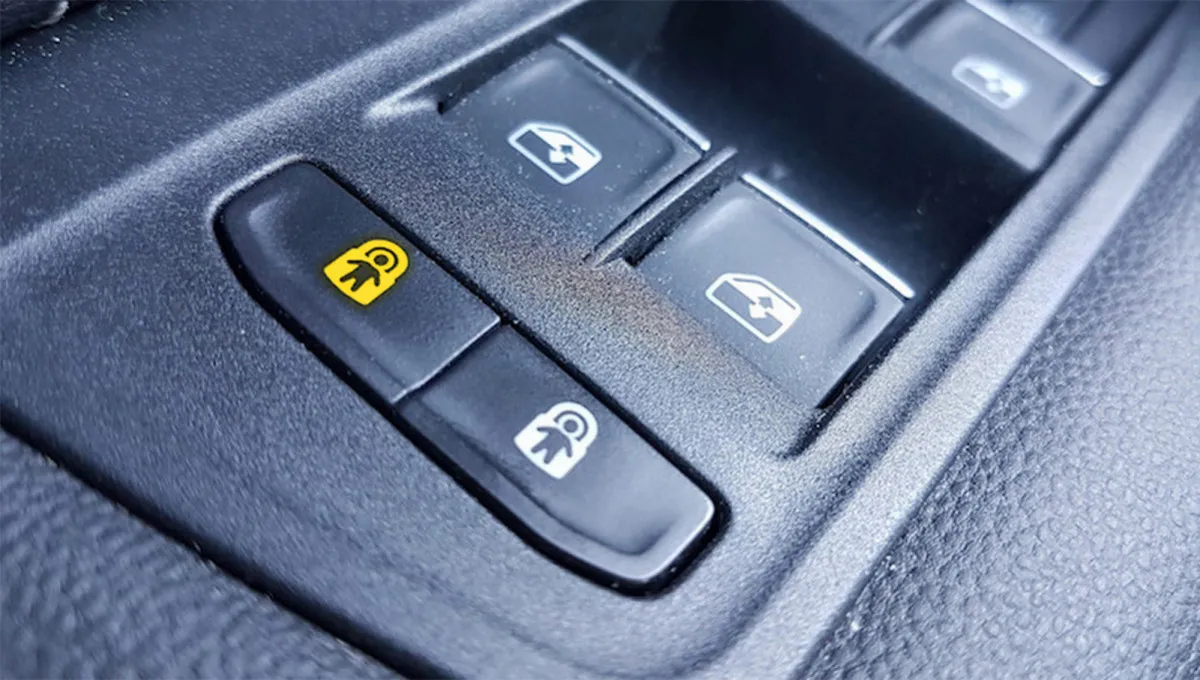
Astronaut Button: What This Mysterious Car Feature Actually Does
Some functions in a modern car make sense only after digging into the owner’s manual — and this little button is a perfect example.
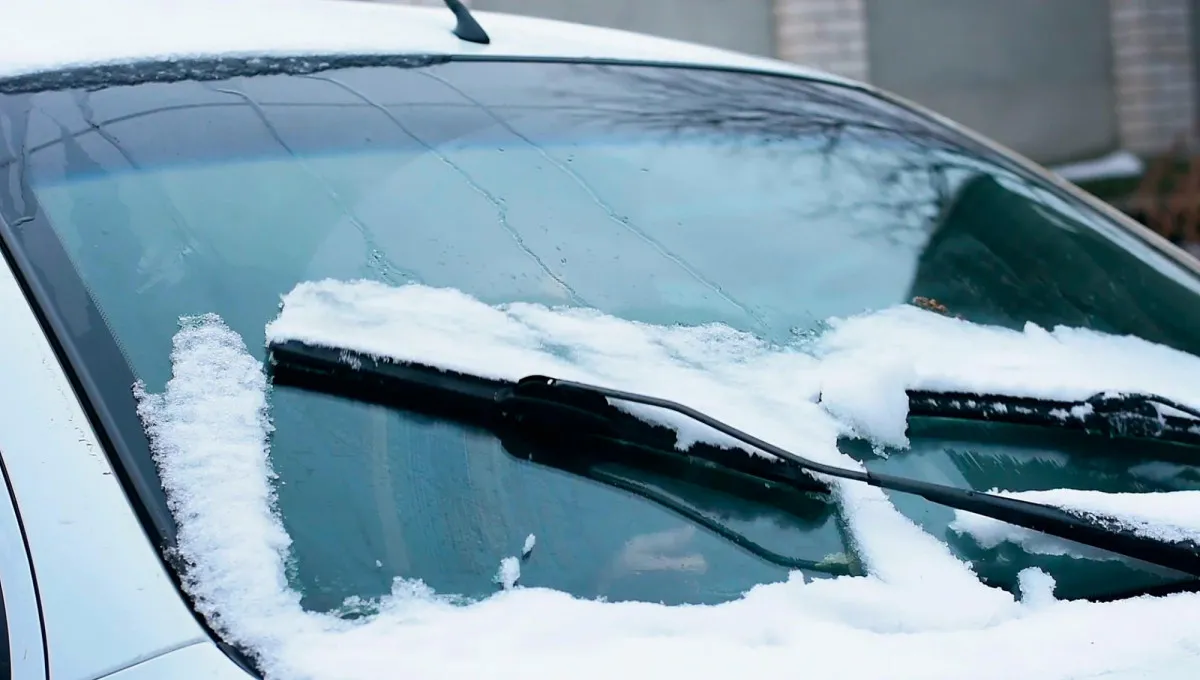
How to Activate Your Wipers’ “Winter Mode” — and Why It Exists
Many drivers can’t help wondering: is this a bug or a feature?

How to Protect Your Windshield from Ice: Helpful Tips and Personal Experience
How can you make sure your car’s windshield doesn’t turn into a sheet of ice overnight?